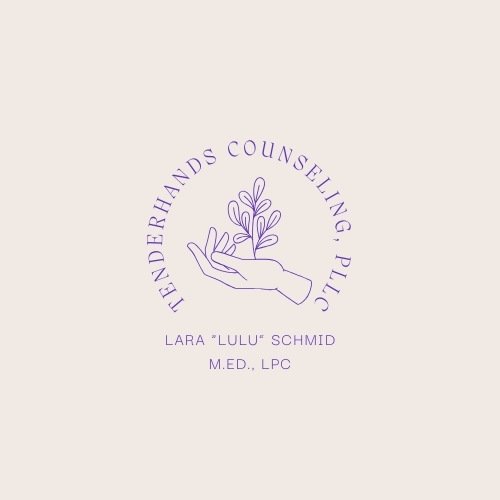
What is child-centered play therapy, and how does it work?
While growing up, most children have trouble adjusting at some time. Some children may need more help than others and less help in certain areas. Developmentally, children have difficulty sitting in a big chair and talking about what bothers them. They don't know the words to describe what they are feeling inside or thinking, so sometimes they communicate through behavior that isn’t always effective.
In play therapy, we provide toys for children to use to say with the toys what they have difficulty sayings with words. In the play therapy experience, toys are like the child's words, and play is the child's language. When children can communicate or express their feelings to someone who understands, they feel better because the emotions have been released. They can use dolls, puppets, paints, or other toys to say what they think or how they feel - learning how to constructively express their thoughts and feelings, control their behavior, make decisions, build esteem, and accept responsibility.
The Role of the Child-Centered Play Therapist:
A play therapist meets the child where they are emotionally and developmentally. Your child’s therapist will take a non-directive approach. This helps your child to feel more comfortable and to build rapport. Their therapist will play alongside them and observe how they interact with the materials. Again, the toys act as words your child may be unable to share. Their therapist will observe, track your child's actions, and note feelings being played out in the session. This approach will help your child become less guarded and more comfortable sharing thoughts and feelings. Your child will use the toys to express themselves, process, and problem-solving. Then after getting an idea of what's going on and causing your child distress, their therapist will use their observations to formulate a treatment plan and offer parenting strategies (home supports).
Does my child need play therapy?
Deciding whether to take your child to a play therapist for child or family therapy is a personal choice. Research suggests Play Therapy is an effective mental health approach, regardless of age, gender, or the nature of the problem, and works best when a parent, family member, or caretaker is actively involved in the treatment process. Children are seen in therapy for an array of reasons, such as behavioral issues (caused by bullying, grief and loss, divorce and abandonment, physical and sexual abuse, and crisis and trauma) and mental health disorders (i.e., anxiety, depression, attention-deficit/hyperactivity or ADHD, autism spectrum disorders, academic and social impairment, physical and learning disabilities, and conduct disorders).
Telling your child about play therapy:
You may tell your child he will be coming to be with Ms. (therapist’s name) in her playroom every week, where there are lots of toys to play with within the room. If your child wants to know why he is going to the playroom, you can tell him something general like, "Things don't seem to be going very well for you at home (or other general statement related to the identified problem), and sometimes it helps to have a special time just for yourself to share with a special person."
If you decide to move forward with scheduling an intake for play therapy, more information will be provided in relation to how to respond after a session and/or if a child is reluctant to enter the playroom.
Citation: Landreth, G. L. (2012). Play therapy: The art of the relationship (3rd ed.). Routledge
Amy Blount, LPC 2022
Looking for helpful parenting books? These are a few I like…
The Whole-Brained Child by Daniel Siegel, M.D. & Tine Payne Bryson, Ph. D.
Good Inside by Dr. Becky Kennedy
Freeing Your Child From Anxiety by Tamar E. Chansky, Ph. D.
How To Talk So Little Kids Will Listen by Joanna Faber & Julie King

